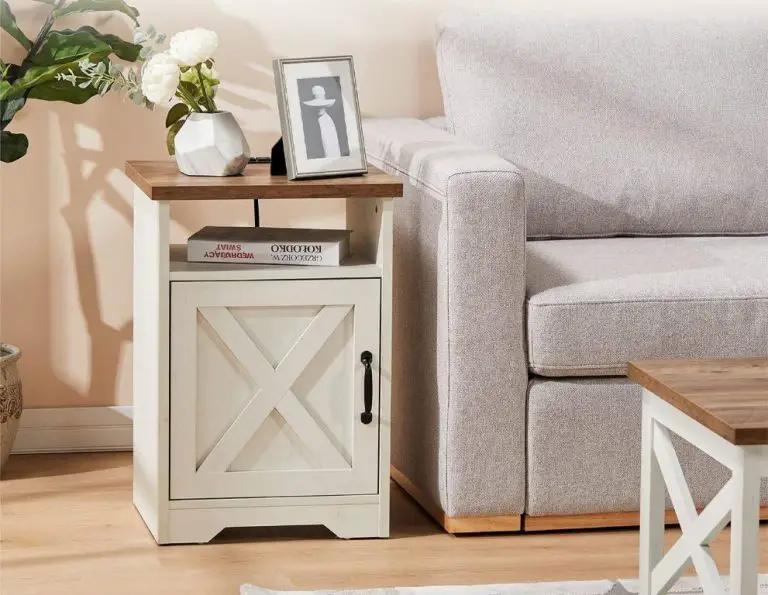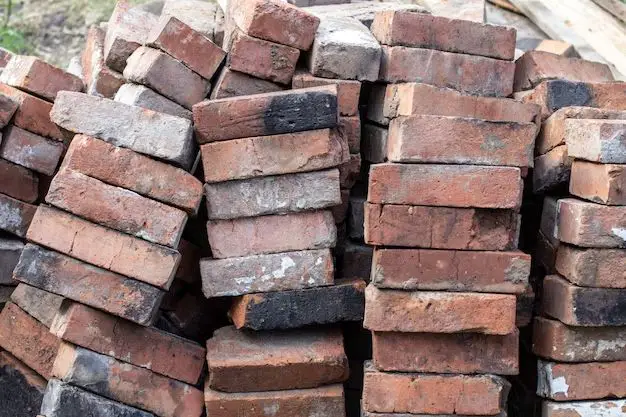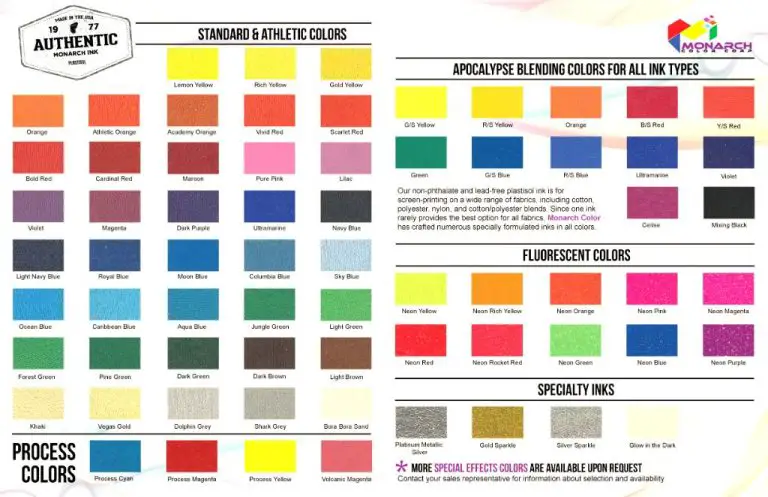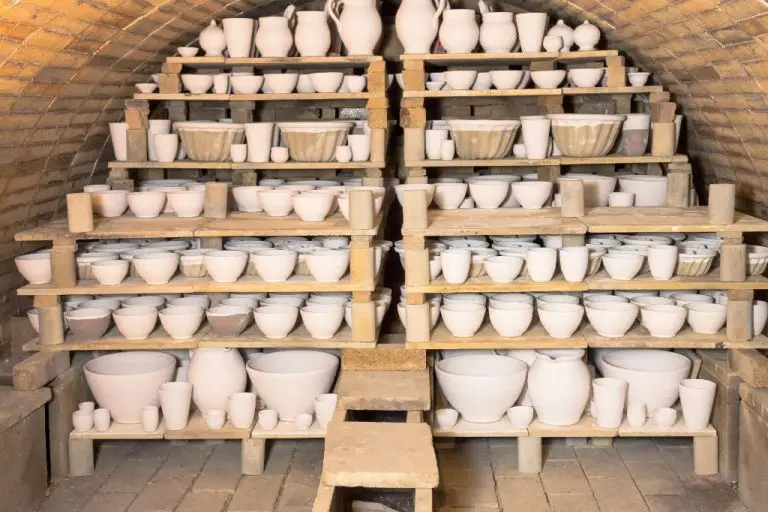What Makes Clay Harder?
Clay is a type of fine-grained natural soil that is plastic when wet and hard when fired. The hardness of clay is a key property that determines its suitability for use in pottery and ceramics. Harder clay holds its shape better and is more durable once fired into a ceramic object.
There are several factors that affect the hardness of clay. Understanding these factors allows potters and ceramic artists to modify the clay to achieve the desired level of hardness. The most important factors that determine clay hardness are:
- Composition
- Water content
- Firing temperature
- Clay additives
- Kneading and wedging
- Drying process
This article will examine these key factors in detail and explain how they impact the hardness of ceramic clay bodies.
Composition
The mineral composition of clay is one of the key factors that determines its hardness. Clays are composed of phyllosilicate minerals such as kaolinite, illite, and smectite. The specific mineral content varies depending on the type of clay.
Kaolinite is the most common mineral in many pottery clays. It has a layered sheet structure that allows the sheets to stack tightly together, giving kaolinite-rich clays high hardness and low plasticity. In contrast, smectite has weaker bonds between layers and absorbs more water, resulting in high plasticity but lower hardness when fired.
Clays with higher kaolinite content tend to be more refractory and produce harder ceramic bodies, while illite and smectite-rich clays are typically more plastic and flexible when working the clay, but may be less durable after firing if the percentages are too high. The optimal composition depends on the desired qualities in the finished ceramic piece.
Understanding the mineral proportions in a clay body allows potters to select the right clay composition or blend components to achieve the ideal hardness, workability and aesthetic for their needs.
Water Content
Water is a critical component of clay that directly impacts its hardness. Clay inherently contains water molecules that allow it to be shaped and molded – a property known as plasticity. The more water clay contains, the more malleable and workable it becomes.
As clay loses moisture during the drying process, it becomes firmer and less plastic. The water molecules start to evaporate out, allowing the clay particles to move closer together. This makes the clay stiffer and more difficult to manipulate.
During firing, clay undergoes further loss of water content as the remaining moisture is burnt out. This causes the clay to fully harden into its final ceramic form. Thus, the more moisture removed during drying and firing, the harder and less plastic the fired clay becomes.
In summary, clay’s hardness is directly correlated with its water content. Wetter clay with higher moisture levels will be softer, while drier clay with lower moisture levels will be harder and more durable when fired. Controlling water content is key to achieving the desired strength and workability characteristics in finished ceramic pieces.
Firing Temperature
The firing temperature has a significant effect on a clay’s hardness. As temperature increases, more of the clay particles fuse together in a process called sintering. This fusion leads to vitrification, which is the formation of glassy phases that fill the spaces between particles.
The higher the firing temperature, the more advanced the vitrification will be. This increases the strength, hardness, and impermeability of the clay body. Firing to higher temperatures causes the clay to densify and shrink, as the material becomes tighter packed.
For maximum hardness, stoneware and porcelain clays are typically fired to between 2200-2400°F. Earthenware clays, which contain less glass-forming ingredients, can achieve good hardness between 1800-2100°F. The optimal firing range depends on the clay composition, but reaching mature vitrification without deformation is the key.
Overfiring the clay can actually cause excessive vitrification, which makes the material glassy and weak. The optimal firing temperature gives the best combination of densification and strength.
Clay Additives
One of the main ways to increase the hardness of clay is by adding non-plastic materials known as temper additives or grog. Common additives include grog (pre-fired clay ground into a gritty powder), sand, crushed granite, and silica. These non-plastic materials physically alter the clay body by disrupting the stacking of clay particles, increasing porosity and decreasing plasticity.
As the clay is wedged and kneaded, the angular particles of temper additives like grog push the clay platelets apart, creating spaces in the material. This increased porosity makes the clay harder and more resistant to deformation as there are literal gaps between the clay particles. The non-plastic particles also reduce plasticity and make the clay stiffer and less sticky.
The more temper additive blended into the clay, the more disruption occurs in the clay structure. Using coarse materials like sand and grog at 10-30% of the clay body can significantly increase hardness and reduce warping, shrinkage, and cracks during drying and firing. However, too much temper additive can make the clay prone to crumbling.
In summary, adding non-plastic materials like grog physically alters the clay structure to increase porosity and hardness. The coarse particles push apart and prop open the stacked clay platelets, reducing plasticity and making the fired clay more rigid and resistant to deformation.
Kneading and Wedging
Kneading and wedging clay serves to align the clay particles and improve the plasticity and workability of the clay. When clay is first mixed with water, the clay particles are randomly dispersed in the water. By kneading and wedging the clay, the clay particles become aligned, allowing the clay to more easily be shaped and worked.
The process of kneading involves repeatedly pressing and folding the clay to orient the clay particles. Wedging involves cutting the clay in half and slamming the two halves together to knock out air bubbles and further align the particles. Well-kneaded and wedged clay will be smooth, elastic, and have good plasticity. Insufficiently kneaded clay will tend to have lower plasticity and be prone to cracking and tearing during shaping.
The alignment of the clay particles through kneading and wedging allows the clay to more readily flow and bend without breaking when shaped. It also results in fewer air pockets in the final fired piece. Properly kneaded and wedged clay will produce ceramic pieces with greater strength and fewer faults after firing.
Drying Process
The drying process is a critical step for maintaining the hardness of clay. As clay loses moisture, the material shrinks and can become prone to cracking if dried too rapidly. Even, slow drying allows clay to release its moisture gradually without developing internal ruptures.
There are several ways to promote slow drying of clay and avoid cracks:
- Wrap clay in plastic after initial shaping to slow moisture loss.
- Place clay in a damp box, keeping the environment humid.
- Dry flat work on plaster bats that wick moisture from the back side.
- Avoid placing wet clay sculptures near heating vents or direct sunlight.
- Use regular misting to keep clay damp during the early stages of drying.
Well-controlled, low and even drying allows clay to maintain its initial strength and hardness. Rushing the drying risks cracks that compromise the structural integrity of the material.
Firing Environment
The atmosphere in which clay is fired has a significant impact on the physical properties of the finished ceramic. There are two main types of firing atmospheres: oxidation and reduction.
In an oxidation atmosphere, there is ample oxygen present during firing. This allows any organic material in the clay to burn out completely. Oxidation firing usually results in lighter colored clays and ceramics with moderately increased strength.
In a reduction atmosphere, oxygen is limited during the firing process. This atmosphere causes the iron in clay to reduce from the ferric to ferrous state, resulting in darker colors. Reduction firing can also increase the strength and hardness of the finished ceramic by promoting vitrification and glass formation.
The level of oxidation or reduction during firing impacts the color, hardness, porosity, and structural integrity of the final clay body. Knowing how to control the firing atmosphere is an important skill in engineering clay to achieve desired physical properties and aesthetics.
Clay Body Engineering
Fine tuning the clay body is key to achieving optimal hardness. Potter’s and ceramic artists have several techniques they can use to customize and engineer the clay to meet their specific needs.
Testing and analyzing the properties of the clay is an important first step. Simple tests like the ribbon test and ball test can determine plasticity, stiffness, and workability. Identifying the clay’s shrinkage rate is also key. More advanced testing like compression strength tests and maturometry can precisely measure a clay’s hardness and maturity.
Once the properties are determined, clay can be engineered by altering the ratio of clay to non-clay ingredients. Adding grog, sand, or other aggregates will reduce plasticity and increase hardness. The particle size and amount added will impact the final hardness and texture.
Some clays can also benefit from additives like bentonite or polyacrylates to improve workability. Oxidizing or reducing the firing atmosphere will also affect the final hardened state. Test tiles are invaluable to see the effects of clay engineering first-hand.
With careful testing and engineering, potters can fine tune the clay body to create their desired level of hardness and customize it for their specific forming and firing needs.
Conclusion
There are several key factors that influence the hardness of clay during the ceramic process. The composition and ingredients that make up the clay body have a large effect, with higher proportions of fluxes, quartz, and grog able to increase hardness. The amount of water in the clay also plays an important role. Clay that is properly kneaded and wedged to remove excess water, then slowly dried, will be harder after firing. Higher firing temperatures result in harder clay through vitrification and sintering. Certain additives introduced to the clay recipe, such as quartz and grog, can significantly increase the final hardness as well. Carefully controlling each step of the ceramic production process – the clay body engineering, water content, drying conditions, and kiln firing – enables potters to obtain the desired material properties like hardness in the finished ceramic piece.
Being able to produce clay and ceramic materials with controllable levels of hardness is crucial for potters and ceramicists. The final use of the ceramic object determines what level of hardness is optimal. Understanding the factors that affect clay hardness gives full control over the process to obtain the required material properties. Paying close attention to composition, water content, drying, and firing conditions allows artisans to consistently produce ceramic works with the ideal hardness characteristics.






